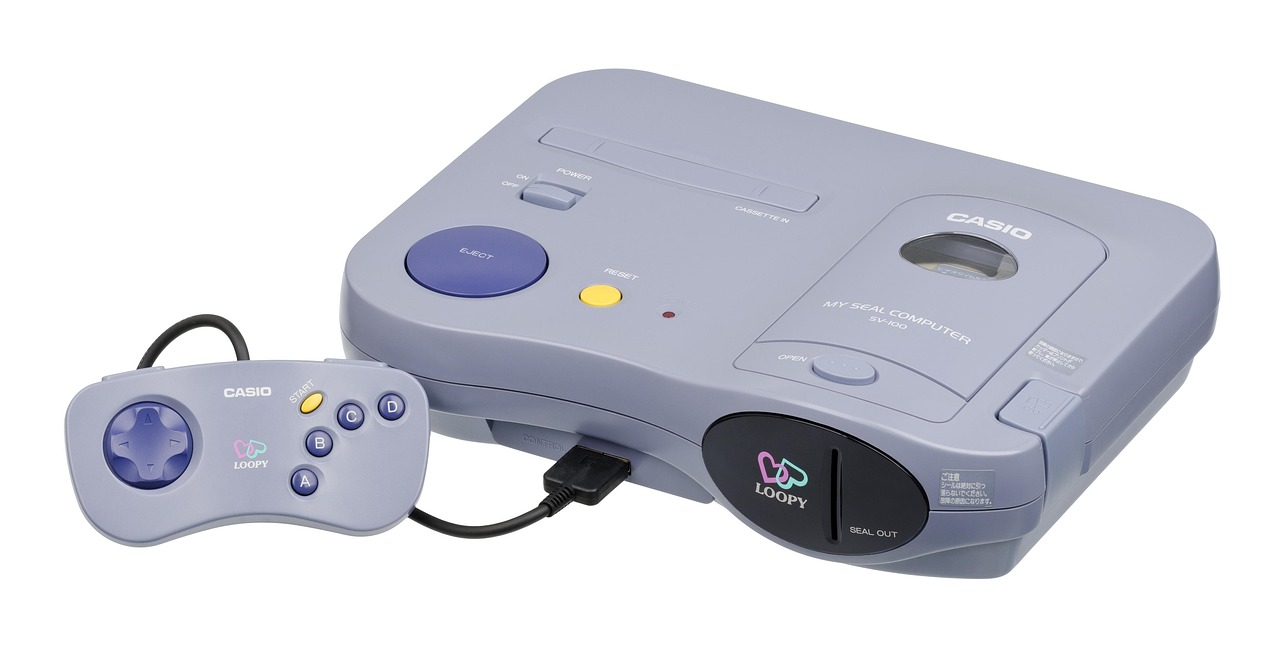Imagine coming home after a long day, craving a nutritious and delicious meal, but dreading the mountain of dishes that usually accompanies a home-cooked dinner. That’s where the magic of one-pot meals comes in. These culinary gems offer a perfect blend of convenience, health, and flavor, all while minimizing cleanup. This article will explore the world of healthy one-pot meals, providing you with inspiration and practical tips to create satisfying and wholesome dishes with minimal effort.
The Allure of One-Pot Cooking
Time-Saving and Effortless
One-pot meals are a game-changer for busy individuals and families. The beauty lies in their simplicity. Everything cooks together in a single pot or pan, streamlining the cooking process and significantly reducing cleanup time.
- Reduced Prep Time: Many one-pot recipes involve minimal chopping and prep work, allowing you to get dinner on the table faster.
- Fewer Dishes: The most obvious benefit – one pot means only one dish to wash!
- Ideal for Weeknights: Perfect for those hectic weekday evenings when time is of the essence.
Healthy and Nutritious
One-pot meals aren’t just convenient; they can also be incredibly healthy. By combining various ingredients in a single pot, you can easily create balanced meals packed with nutrients.
- Control Over Ingredients: You have complete control over the ingredients, allowing you to choose healthy options like lean proteins, whole grains, and plenty of vegetables.
- Retained Nutrients: Cooking methods like simmering and steaming, common in one-pot recipes, help retain essential vitamins and minerals in your food.
- Easy to Incorporate Vegetables: One-pot recipes make it incredibly easy to incorporate a wide variety of vegetables, contributing to a more nutritious diet. A 2017 study by the CDC showed that only 1 in 10 adults meet the federal recommendations for fruit or vegetable intake.
Cost-Effective and Versatile
One-pot cooking can also be a budget-friendly way to prepare meals.
- Utilize Leftovers: One-pot recipes are excellent for using up leftover ingredients, minimizing food waste and saving money.
- Bulk Cooking: Easily double or triple recipes to create large batches for meal prepping or feeding a crowd.
- Adaptable to Various Diets: One-pot recipes can be easily adapted to accommodate dietary restrictions, such as vegetarian, vegan, gluten-free, and low-carb diets.
Essential Equipment for One-Pot Meals
Selecting the Right Pot
The right pot can make all the difference in the success of your one-pot meals.
- Dutch Oven: A versatile and durable option, ideal for braising, simmering, and baking. Its heavy construction ensures even heat distribution. Look for a Dutch oven that’s oven-safe for maximum usability.
- Large Skillet or Sauté Pan: Great for quick one-pan meals, especially those that require searing or sautéing ingredients. Choose one with a lid to trap moisture for steaming.
- Stockpot: Perfect for soups, stews, and pasta dishes.
- Slow Cooker/Crock-Pot: While not technically a “one-pot” in the traditional sense, slow cookers offer a similar convenience. Simply add your ingredients and let them cook all day.
Useful Utensils
Having the right tools on hand can streamline the cooking process.
- Wooden Spoon: Essential for stirring and preventing scratches on your cookware.
- Ladle: For serving soups and stews.
- Measuring Cups and Spoons: Accurate measurements are crucial for consistent results, especially in recipes involving grains like rice or quinoa.
- Cutting Board and Knife: For prepping ingredients, chopping vegetables, and trimming meat.
Healthy One-Pot Meal Ideas
Pasta Dishes
One-pot pasta is a classic for a reason – it’s quick, easy, and satisfying.
- One-Pot Lemon Herb Chicken Pasta: Combine pasta, chicken broth, lemon juice, herbs (such as thyme and rosemary), chicken breast, and vegetables like broccoli and cherry tomatoes in a pot. Cook until the pasta is tender and the chicken is cooked through.
- Vegetarian Tomato Basil Pasta: Sauté garlic and onions in olive oil, then add crushed tomatoes, vegetable broth, basil, and your favorite pasta. Simmer until the pasta is cooked. Add spinach or kale for extra nutrients.
- Tip: Start with less liquid than you think you’ll need. You can always add more if the pasta starts to dry out.
Rice Bowls
Rice bowls are another excellent option for a healthy and customizable one-pot meal.
- Chicken and Vegetable Rice Bowl: Cook rice with chicken broth, chicken breast (cut into bite-sized pieces), and your favorite vegetables like bell peppers, onions, and carrots. Season with soy sauce, ginger, and garlic.
- Shrimp and Broccoli Rice Bowl: Add shrimp and broccoli florets to the rice during the last few minutes of cooking. Season with sesame oil, soy sauce, and a sprinkle of red pepper flakes.
- Tip: Brown rice is a healthier option than white rice, offering more fiber and nutrients.
Soups and Stews
Soups and stews are perfect for cooler weather and can be packed with vegetables and protein.
- Lentil Soup: Sauté onions, carrots, and celery, then add lentils, vegetable broth, diced tomatoes, and spices like cumin and coriander. Simmer until the lentils are tender.
- Chicken and Vegetable Stew: Combine chicken breast, potatoes, carrots, celery, onions, and chicken broth in a pot. Simmer until the chicken and vegetables are tender.
- Tip: Use a slow cooker to make soups and stews even easier. Just add all the ingredients and let it cook on low for several hours.
Grain Bowls
Similar to rice bowls, grain bowls can incorporate other grains like quinoa, barley, and farro.
- Quinoa with Roasted Vegetables: Roast your favorite vegetables (such as sweet potatoes, Brussels sprouts, and butternut squash) in the oven. Cook quinoa in a pot, then combine with the roasted vegetables. Drizzle with a tahini dressing.
- Farro with Sausage and Kale: Brown Italian sausage in a pot, then add farro, chicken broth, and chopped kale. Simmer until the farro is tender and the kale is wilted.
- Tip: Toasting the grains before cooking can enhance their flavor.
Tips for Successful One-Pot Meals
Layering Flavors
Building flavor in one-pot meals is crucial for a delicious outcome.
- Start with Aromatics: Sauté onions, garlic, and other aromatics in olive oil or butter before adding other ingredients.
- Deglaze the Pan: After browning meat, deglaze the pan with wine or broth to release flavorful bits stuck to the bottom.
- Season Generously: Don’t be afraid to season your one-pot meals with salt, pepper, herbs, and spices. Taste and adjust the seasoning as you go.
Timing and Technique
Proper timing and technique are essential for preventing mushy pasta or undercooked meat.
- Add Ingredients in the Right Order: Add ingredients that take longer to cook first, followed by those that cook faster.
- Control the Liquid: Add just enough liquid to cook the grains or pasta without making the dish too soupy.
- Stir Occasionally: Stirring helps to prevent sticking and ensures even cooking.
Safety First
Always prioritize food safety when cooking.
- Cook Meat to a Safe Temperature: Use a meat thermometer to ensure that meat is cooked to a safe internal temperature.
- Wash Vegetables Thoroughly: Rinse vegetables under running water to remove dirt and debris.
- Avoid Cross-Contamination: Use separate cutting boards and utensils for raw meat and vegetables.
Conclusion
Healthy one-pot meals are a fantastic solution for busy individuals seeking nutritious, delicious, and convenient meals. By understanding the principles of one-pot cooking, experimenting with different ingredients and recipes, and following the tips outlined in this guide, you can transform your weeknight dinners into effortless and flavorful experiences. Embrace the simplicity and versatility of one-pot meals and discover a world of culinary possibilities.



